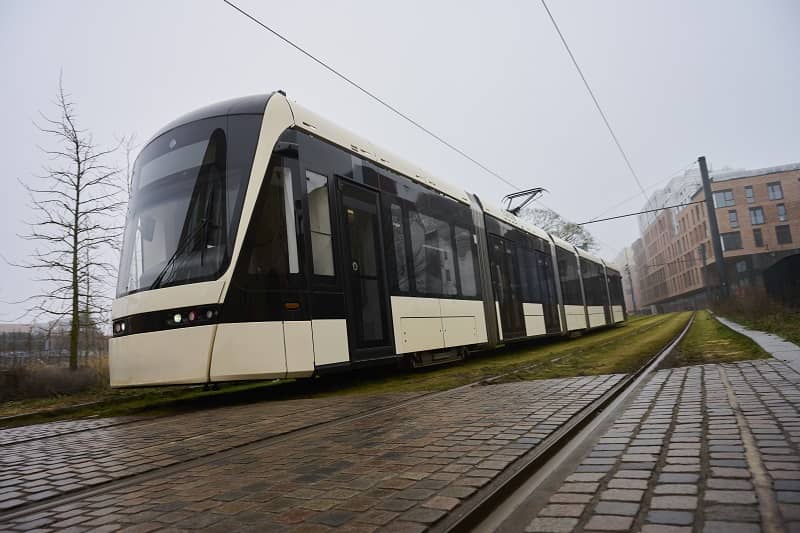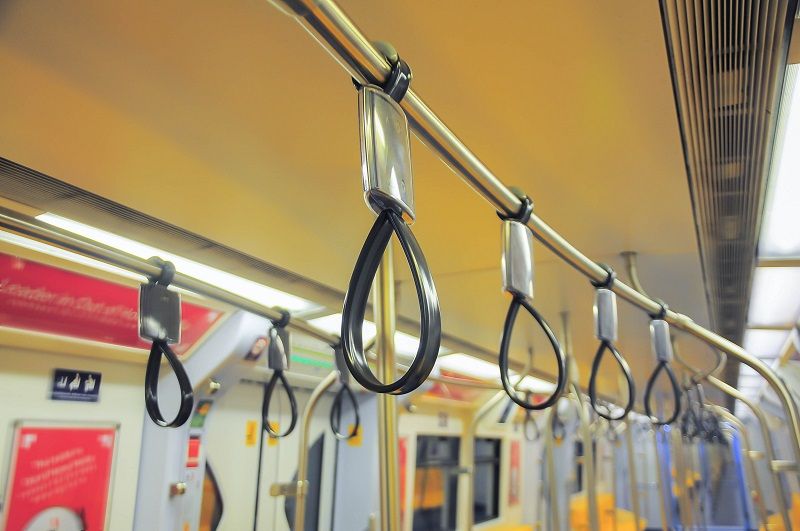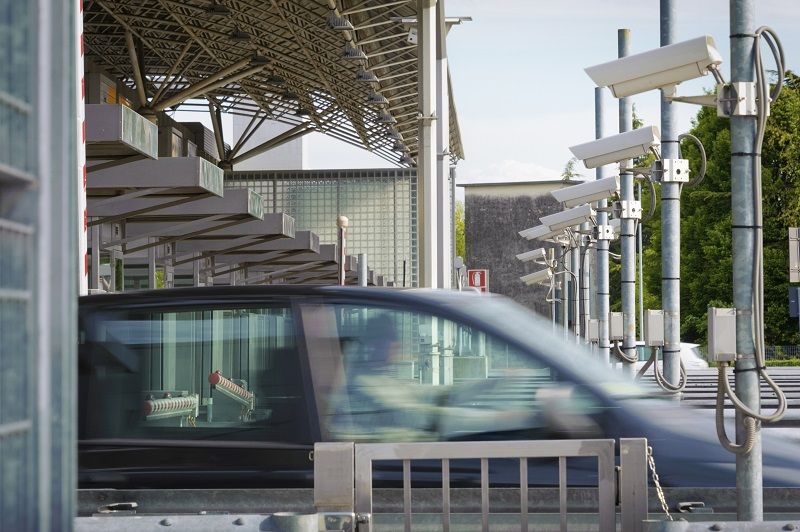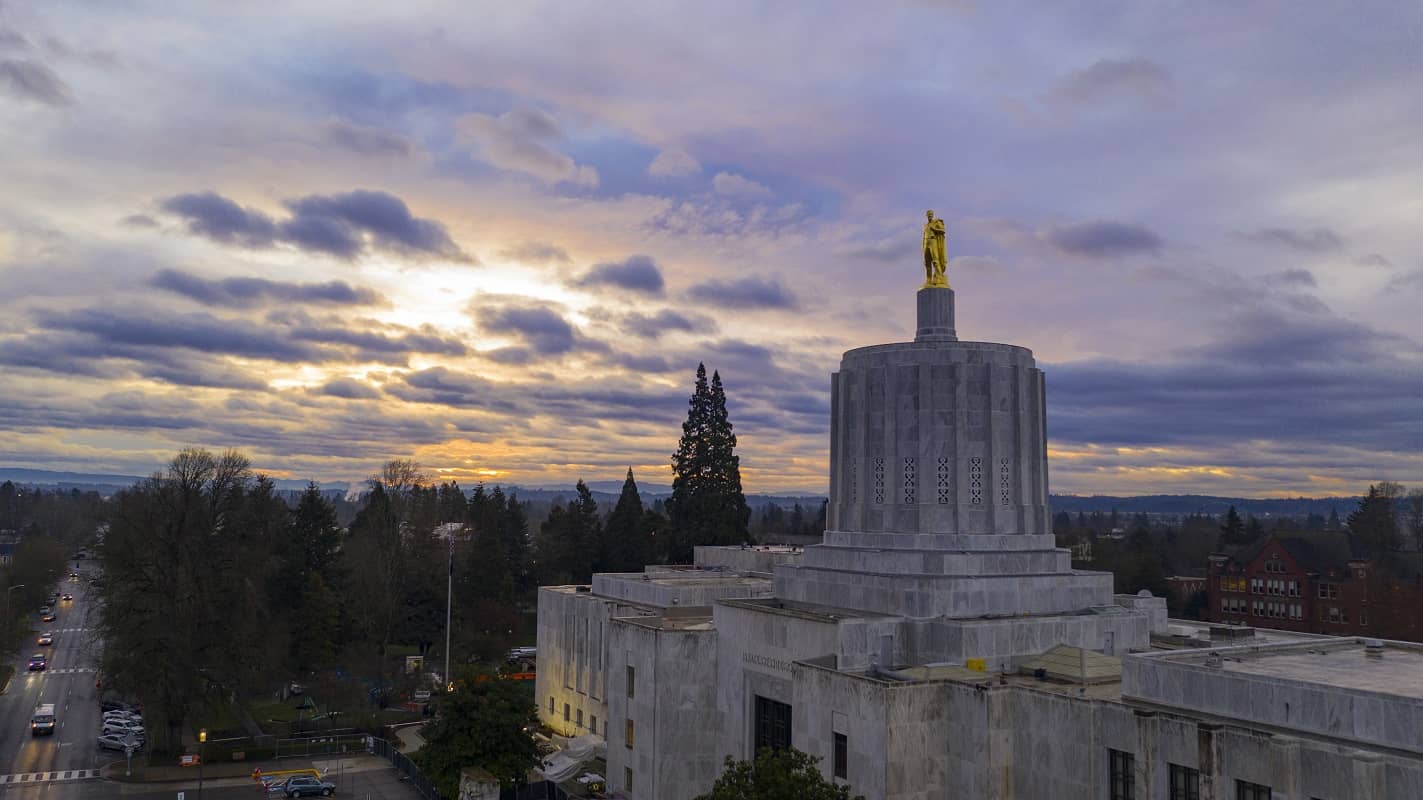By John A. Charles, Jr.
TriMet’s Blue rail line to Hillsboro opened on September 12, 1998. Westside MAX was unlike any light rail line previously built in America: It was deliberately routed through vacant land with the expectation that it would be a catalyst for so-called “Transit-Oriented Development” (TOD).
TriMet planners claimed, “The success or failure of the public’s nearly $1 billion investment in Westside MAX will be determined in large part by what happens around its 20 stations. Unlike the East side MAX line, a substantial amount of land around the Westside is primed for development.”
After 25 years, has the strategy succeeded? Not really. Much of the land near light rail stations has been developed at high densities; but density is expensive so many of those projects were subsidized with below-cost land deals, tax abatements, or cash grants. And few people who live or work near rail stations actually use the train.
At Orenco Station in Hillsboro, a fully developed transit-oriented neighborhood, light rail ridership at the afternoon peak is only about seven percent of all passenger trips. Ridership is even lower at most other times.
The “Field of Dreams” strategy was a nice metaphor, but it has no basis in reality. TriMet and Metro should shut down their TOD programs and stop building light rail.
John A. Charles, Jr. is President and CEO of Cascade Policy Institute, Oregon’s free market public policy research organization.












